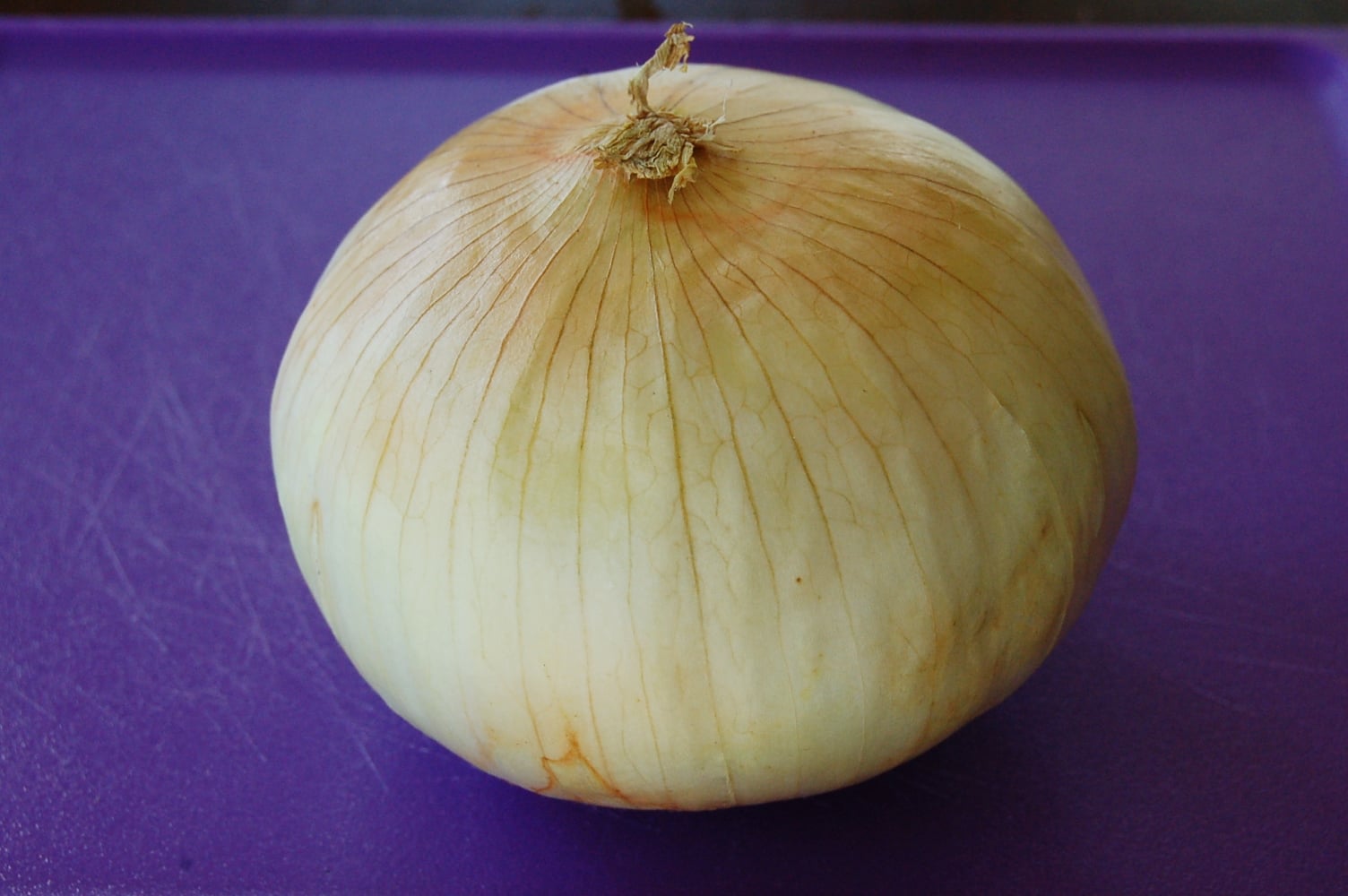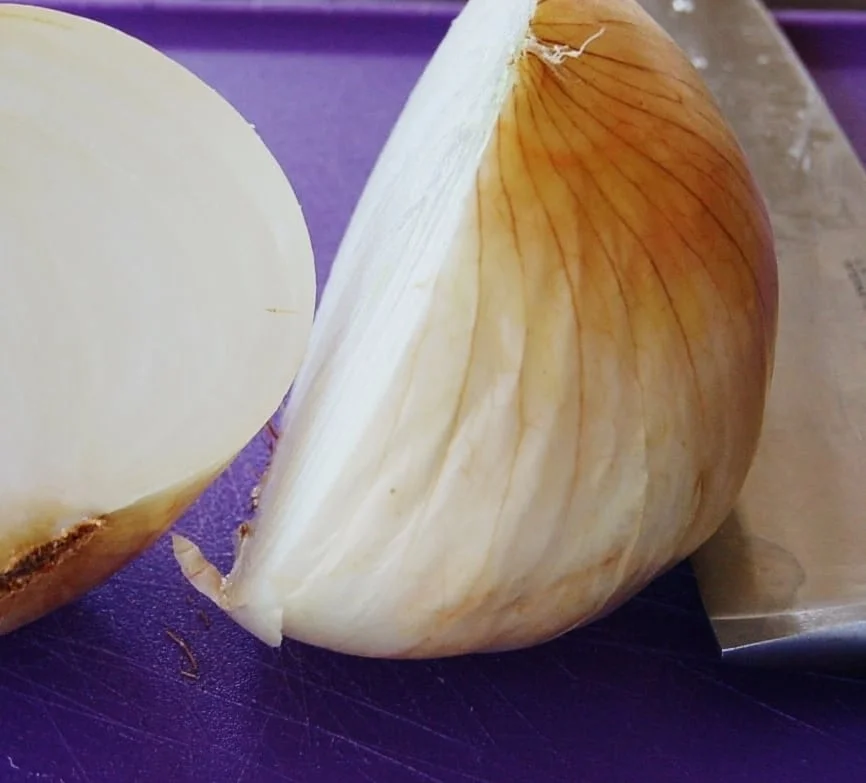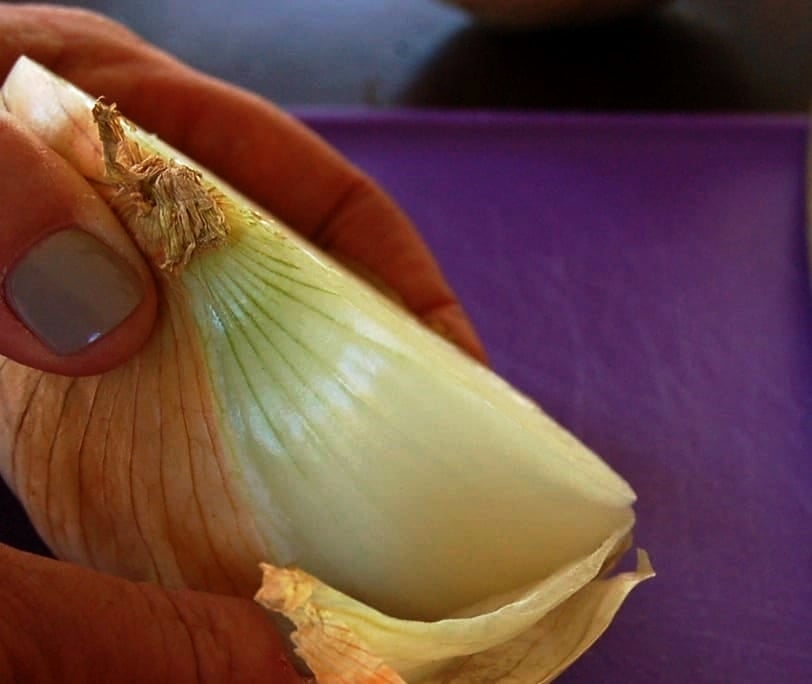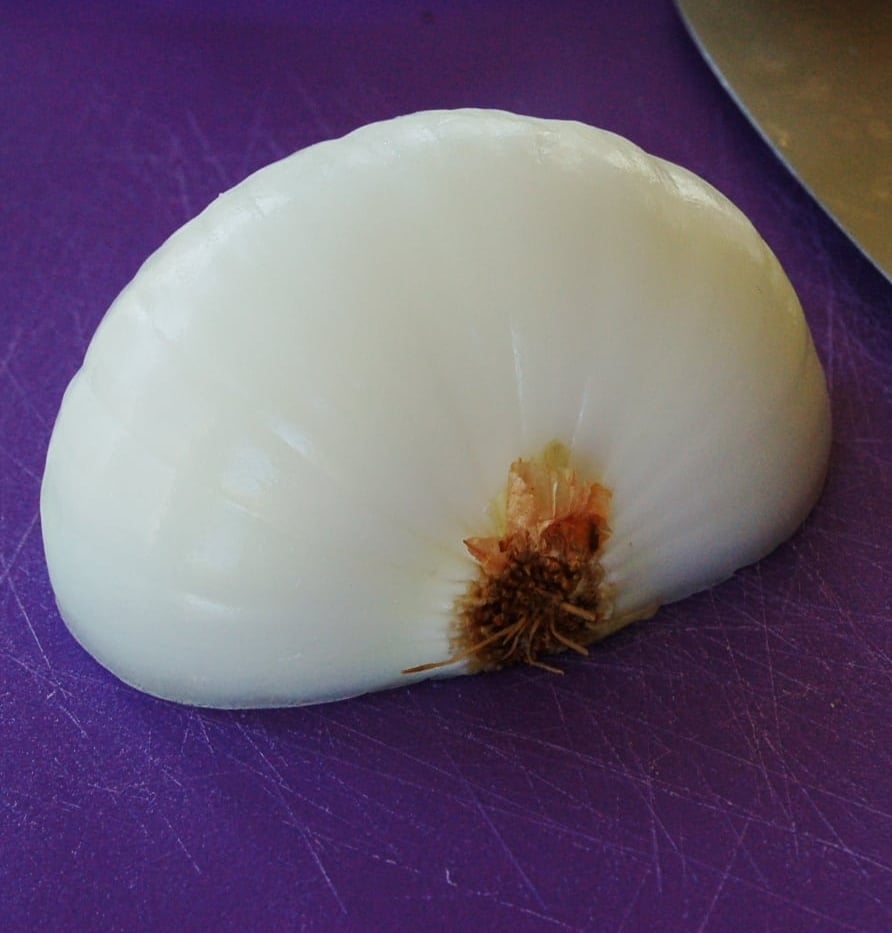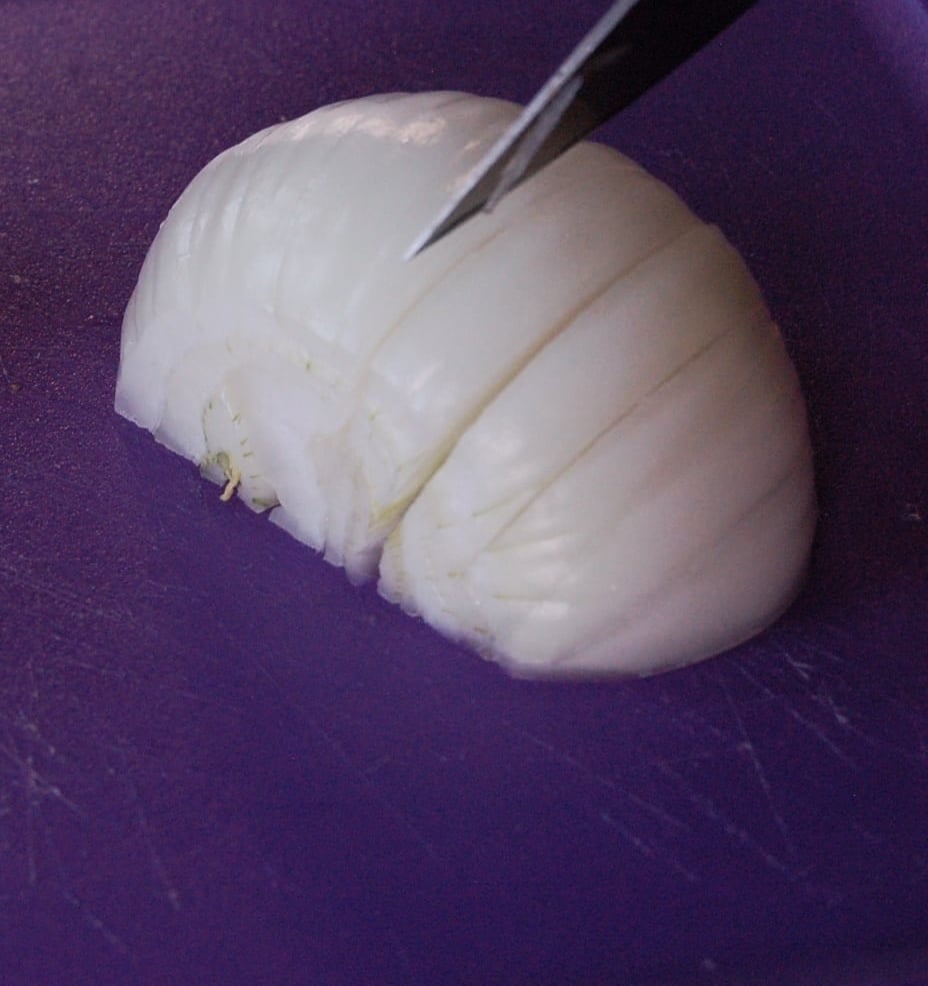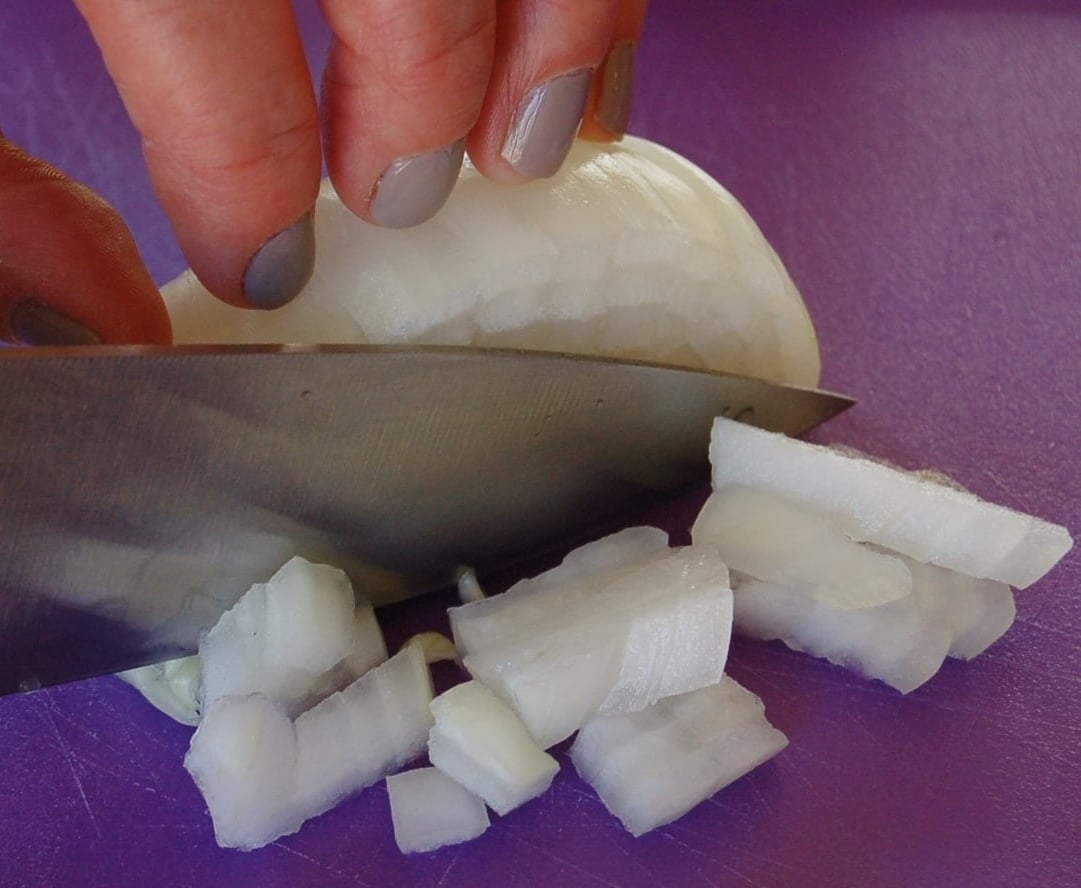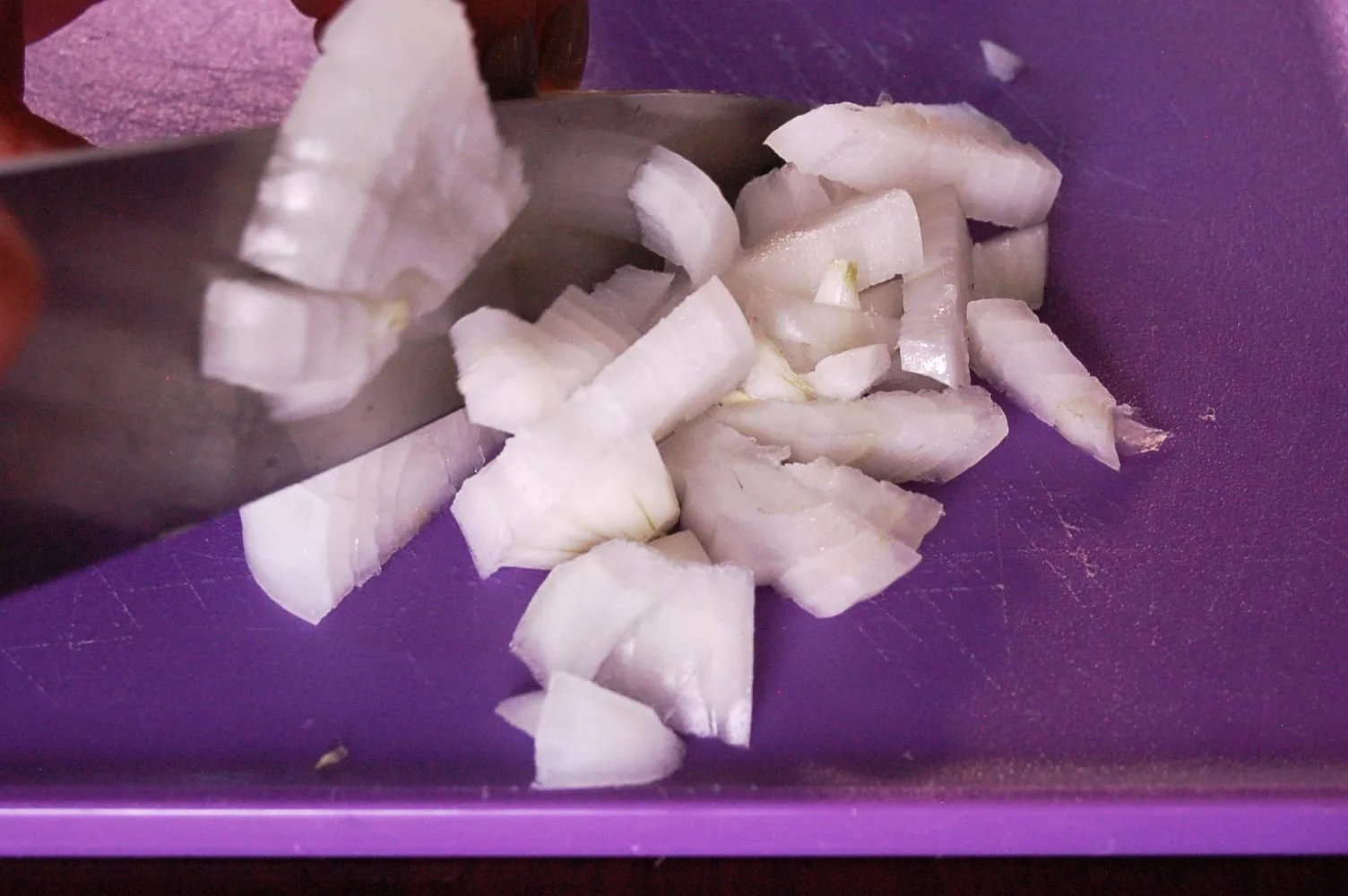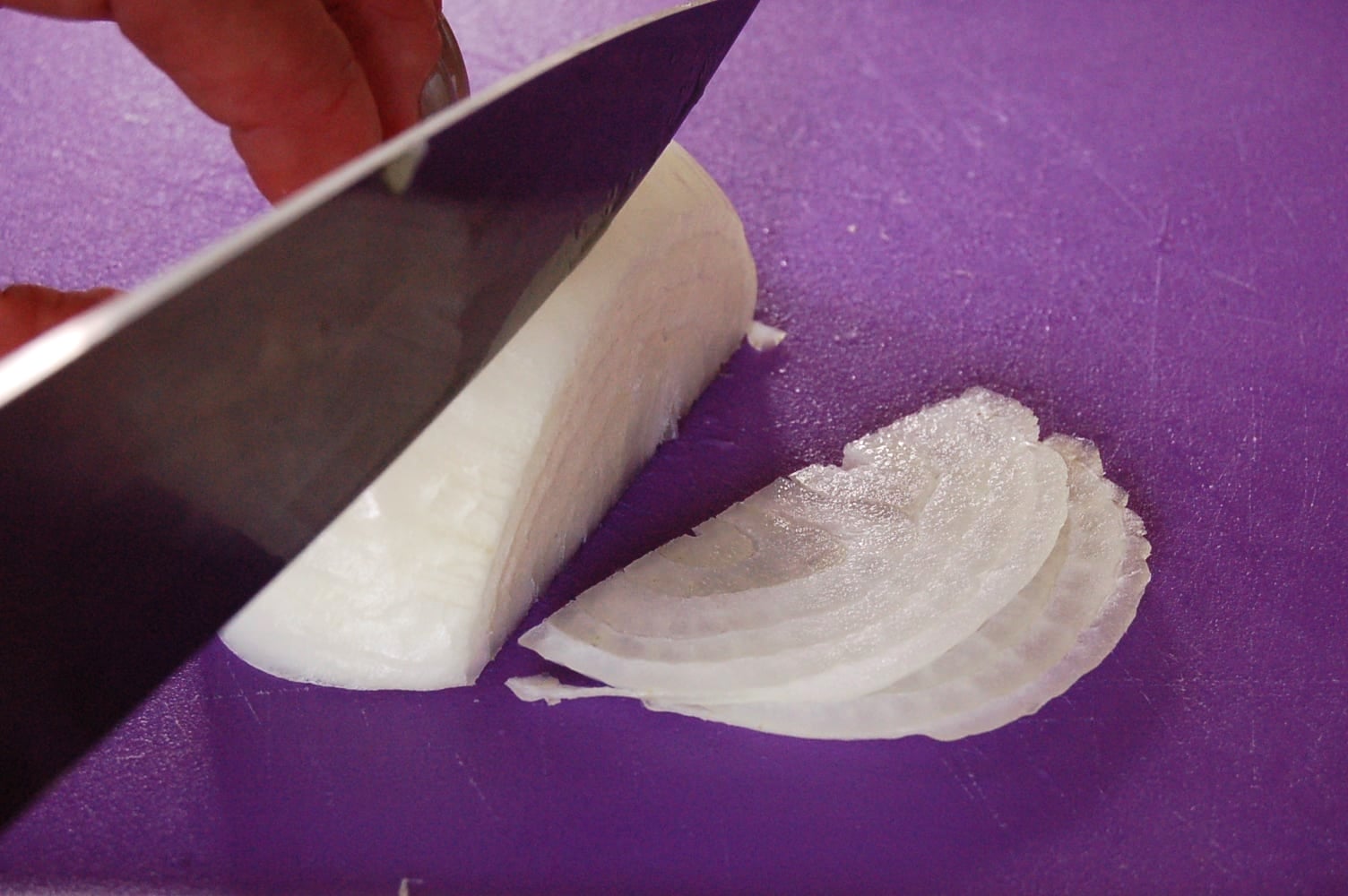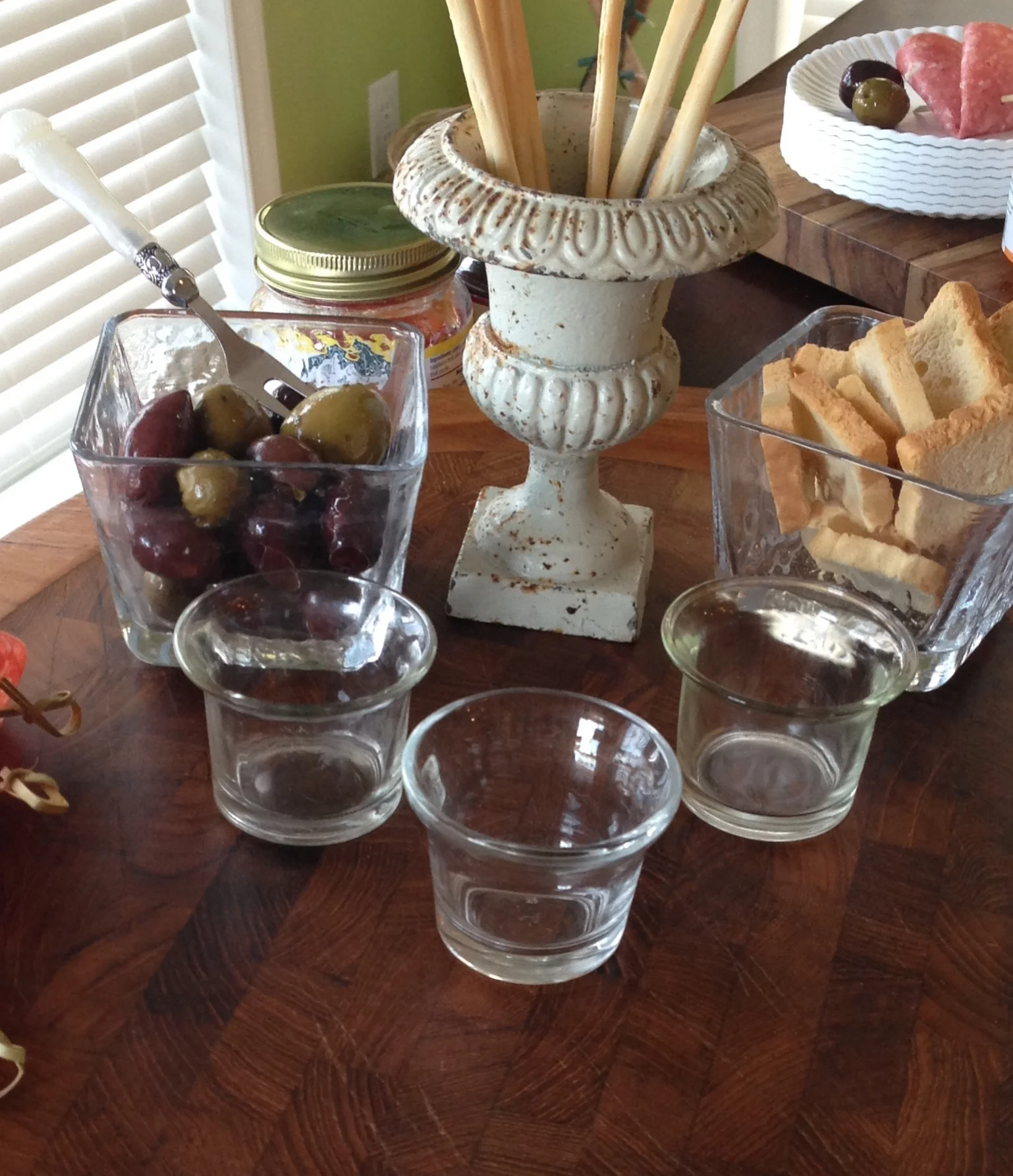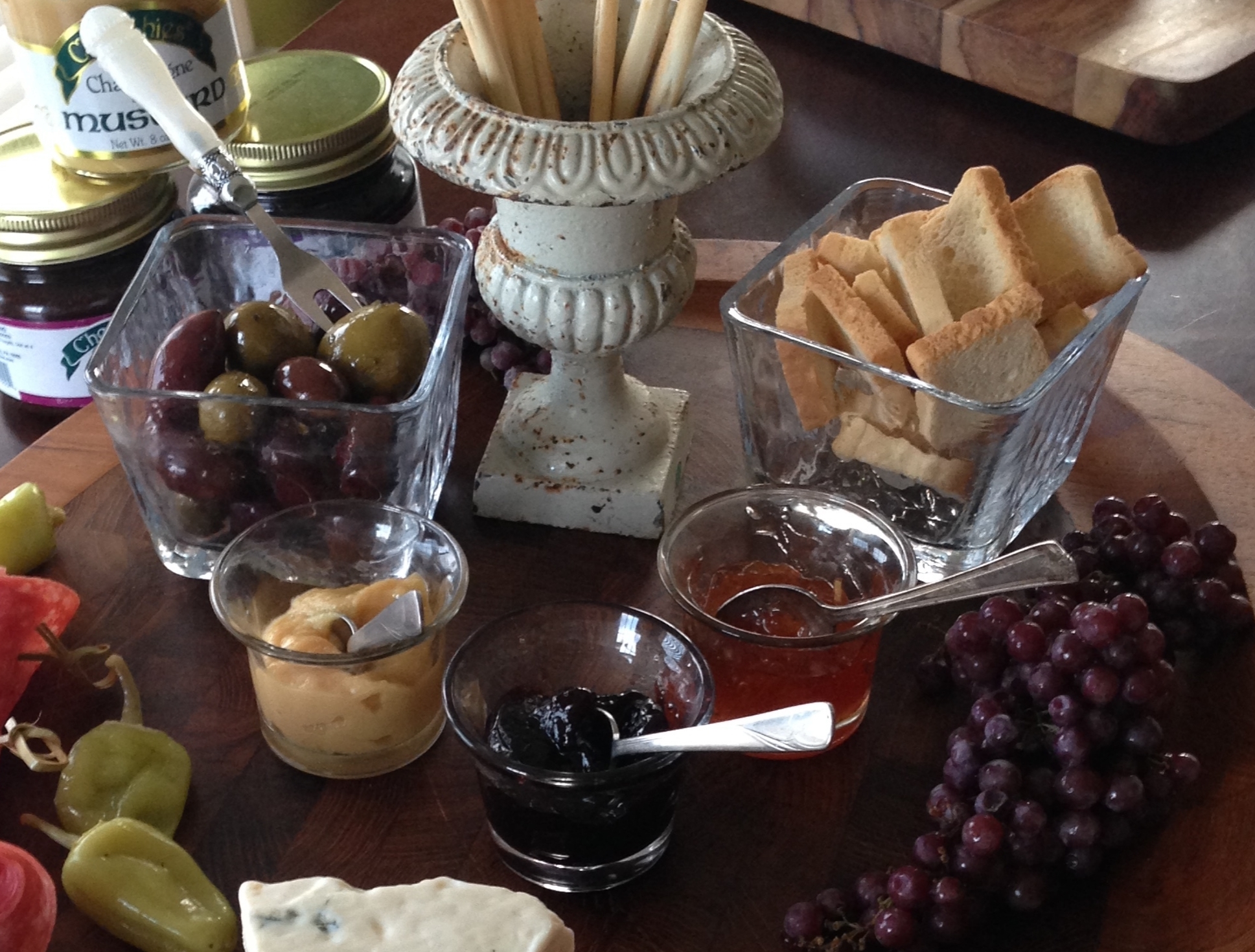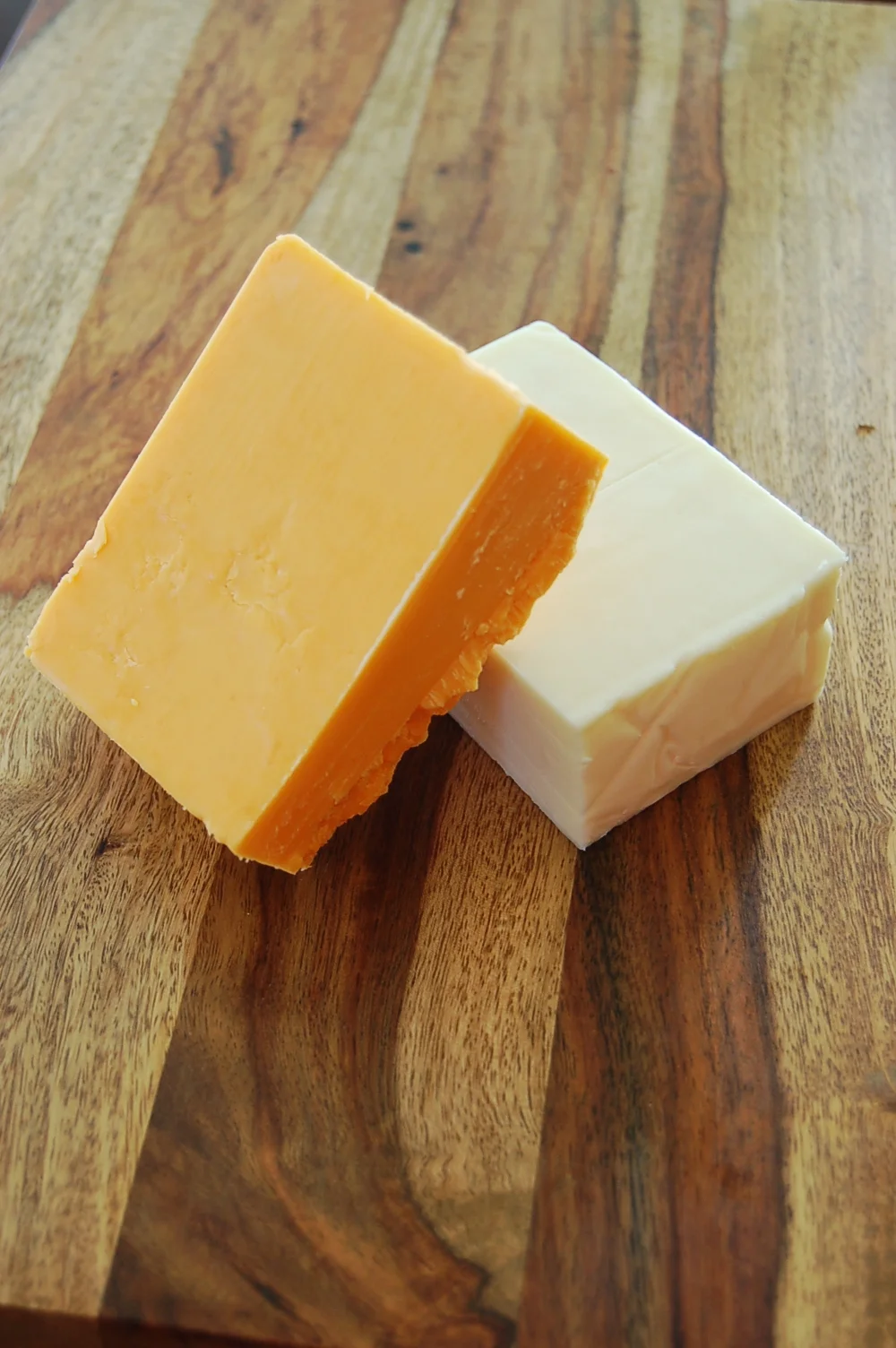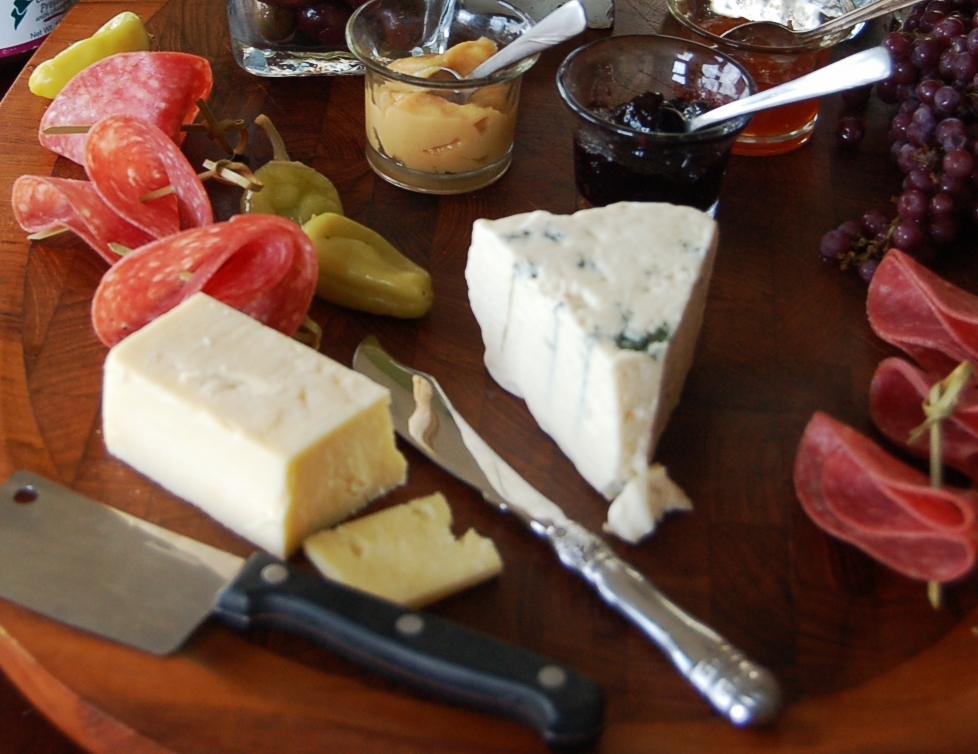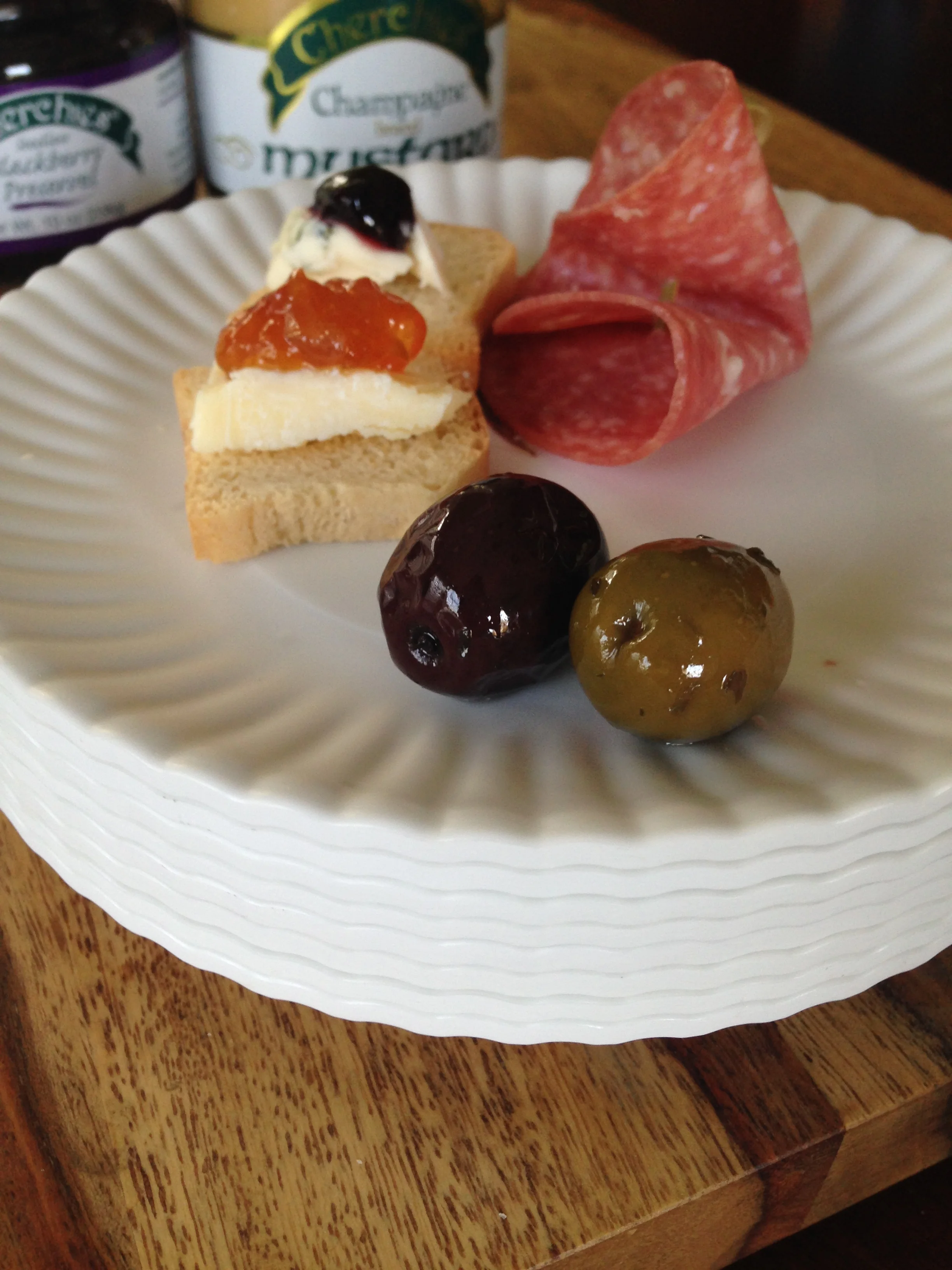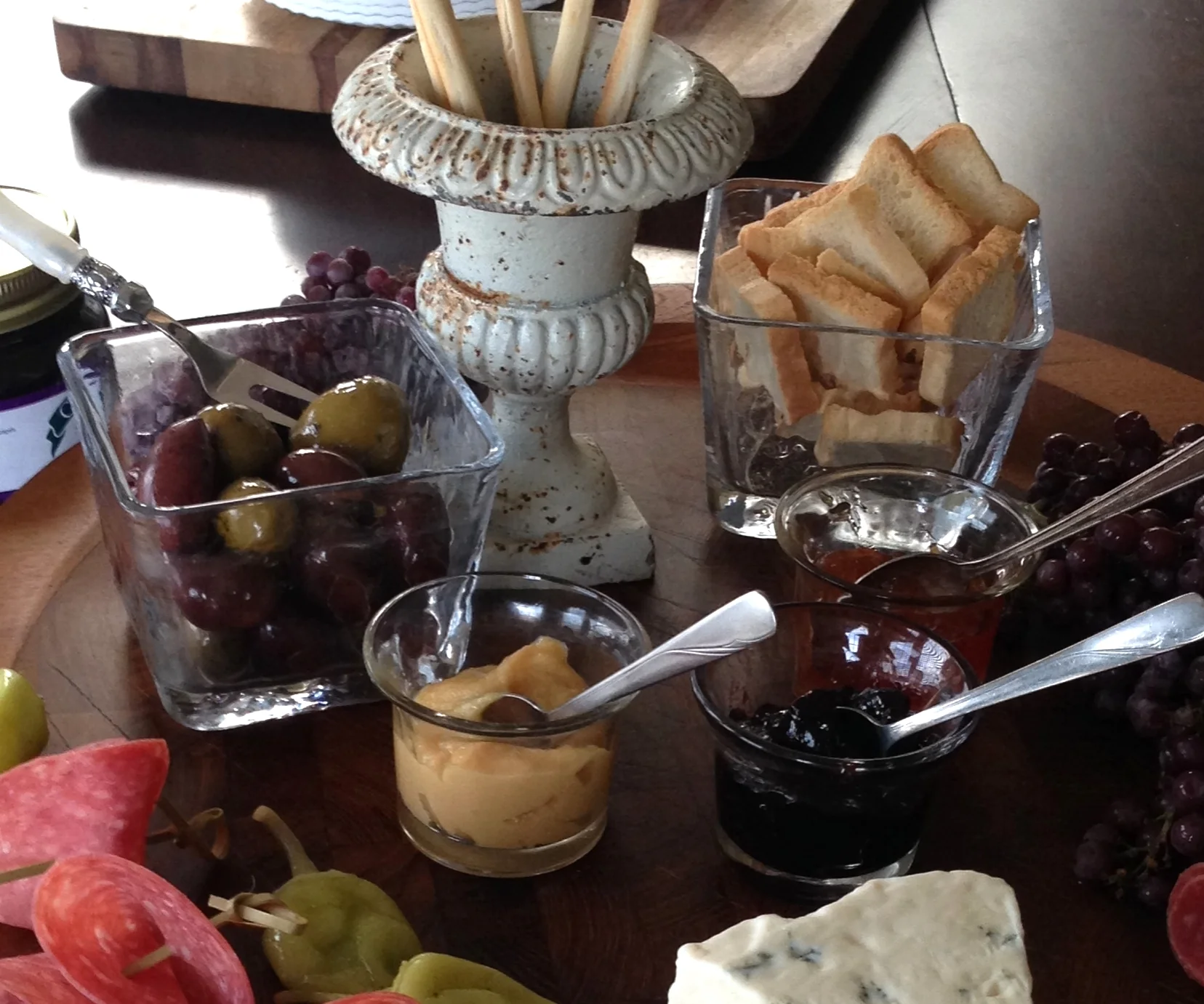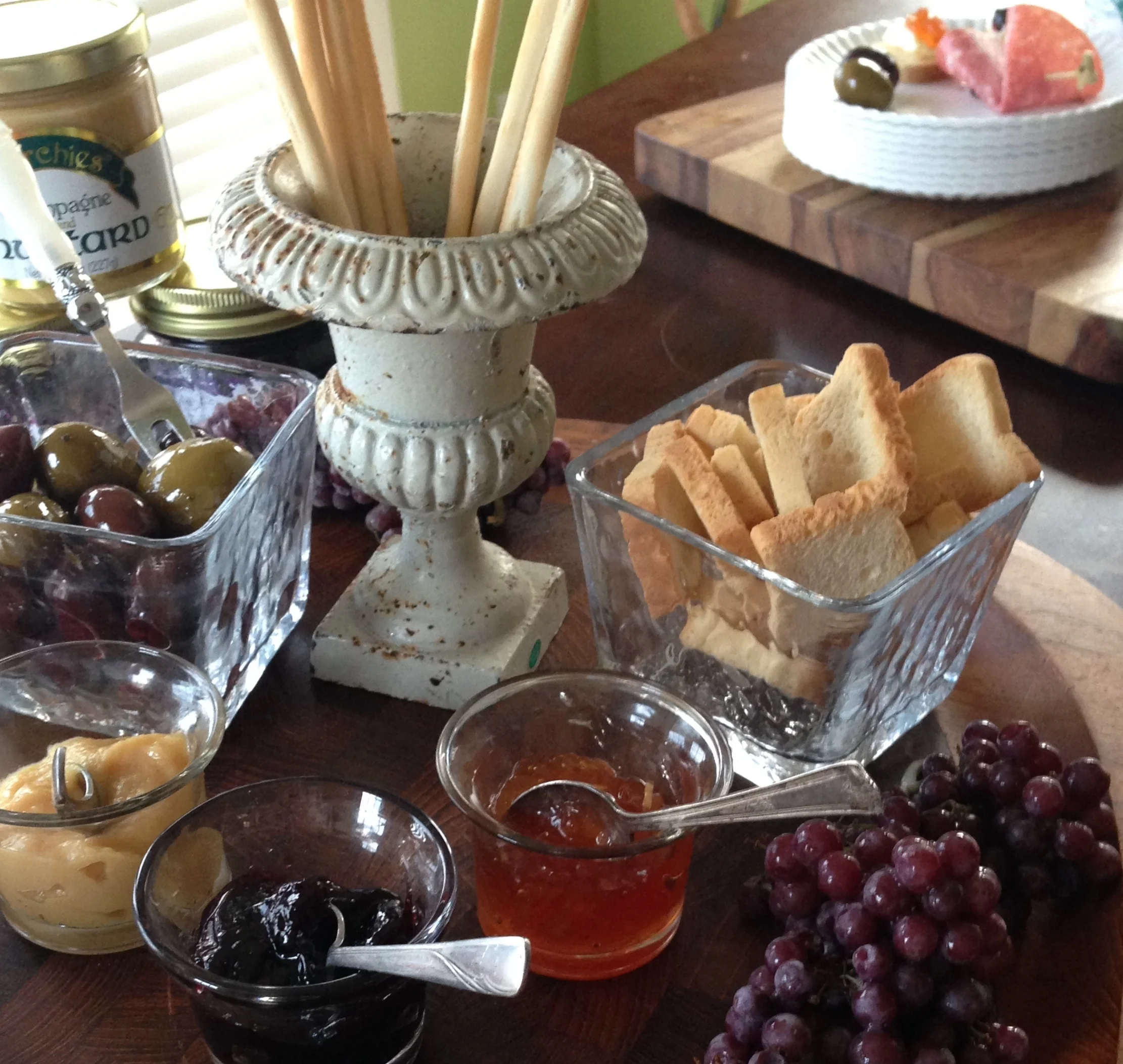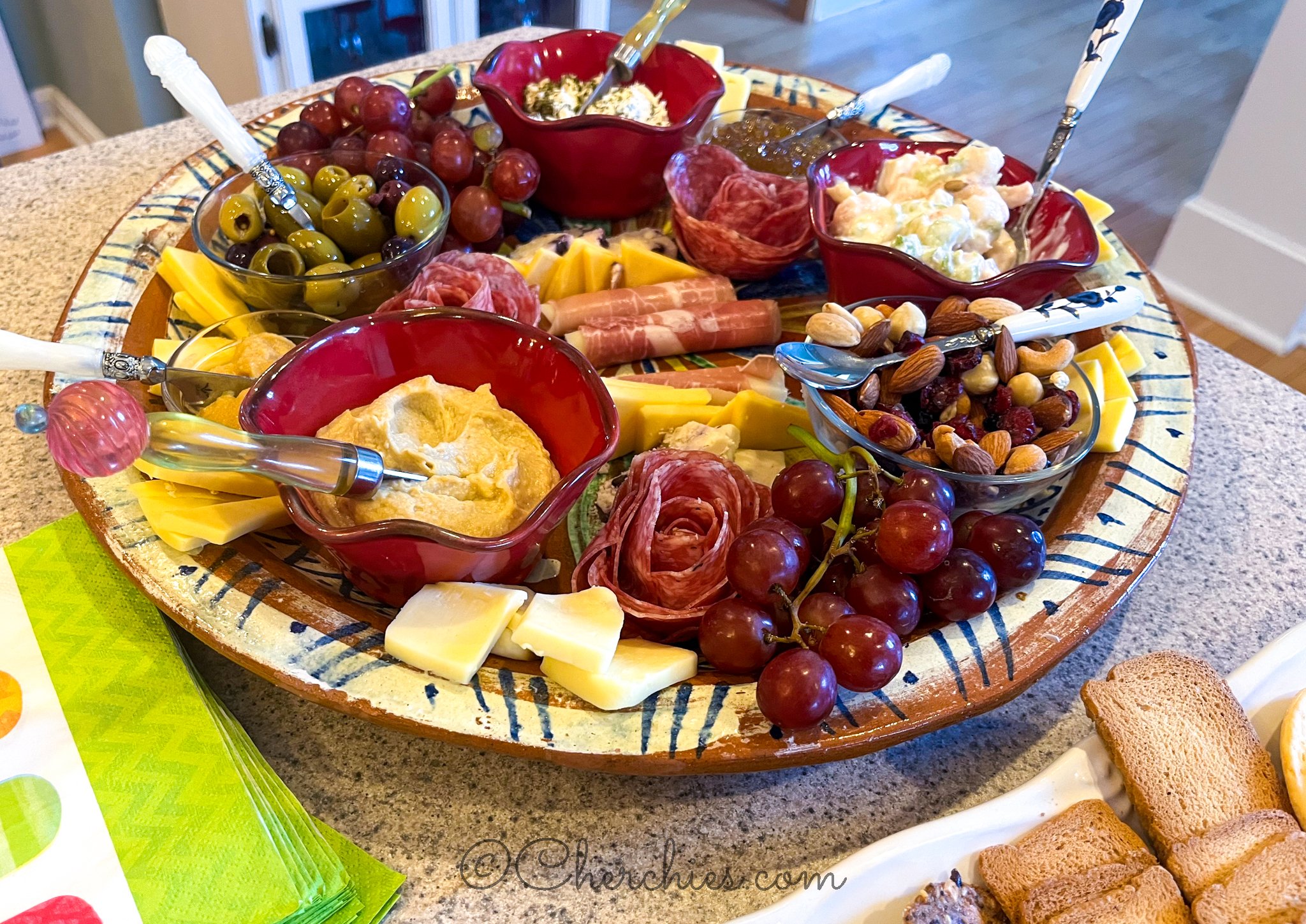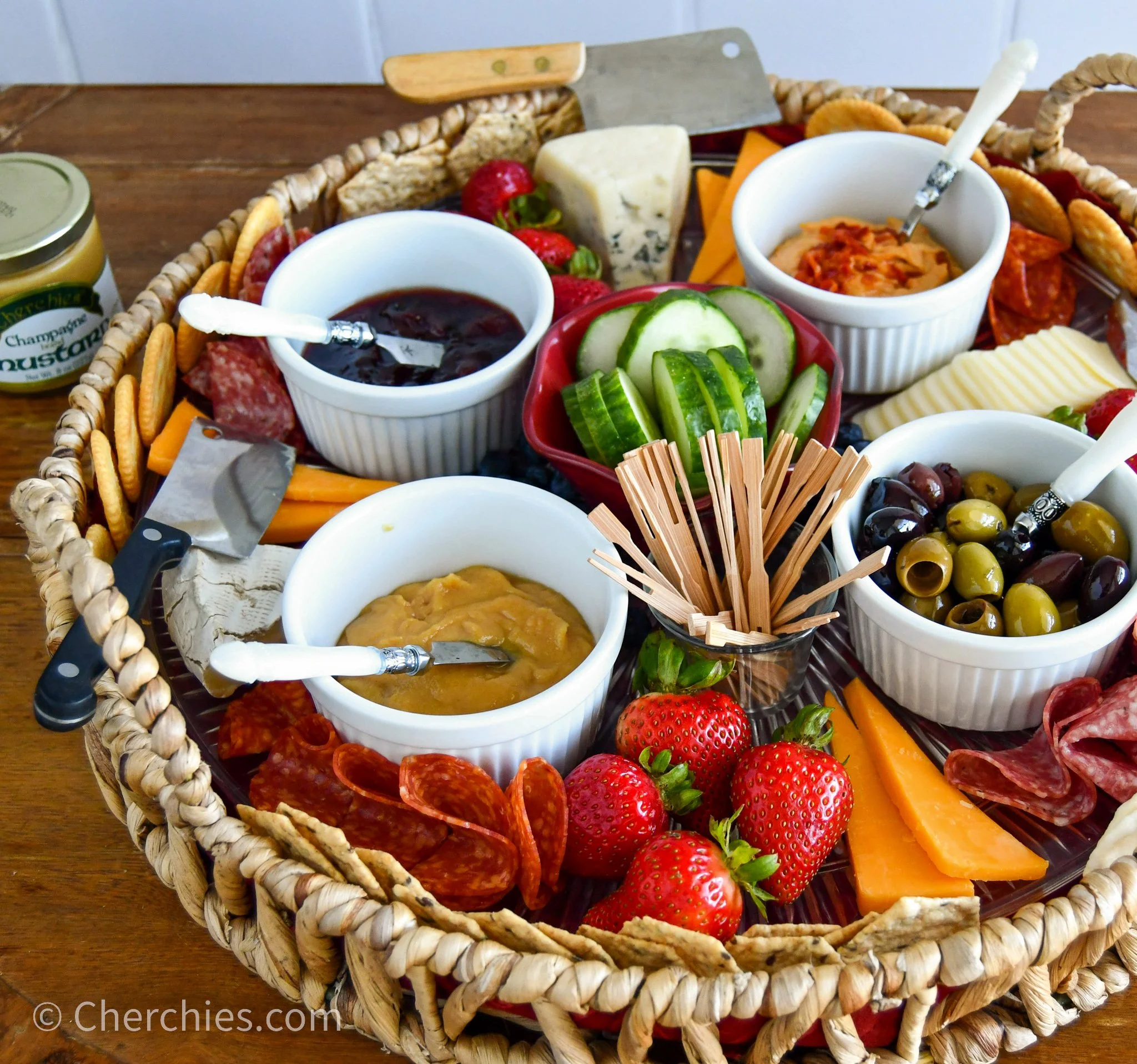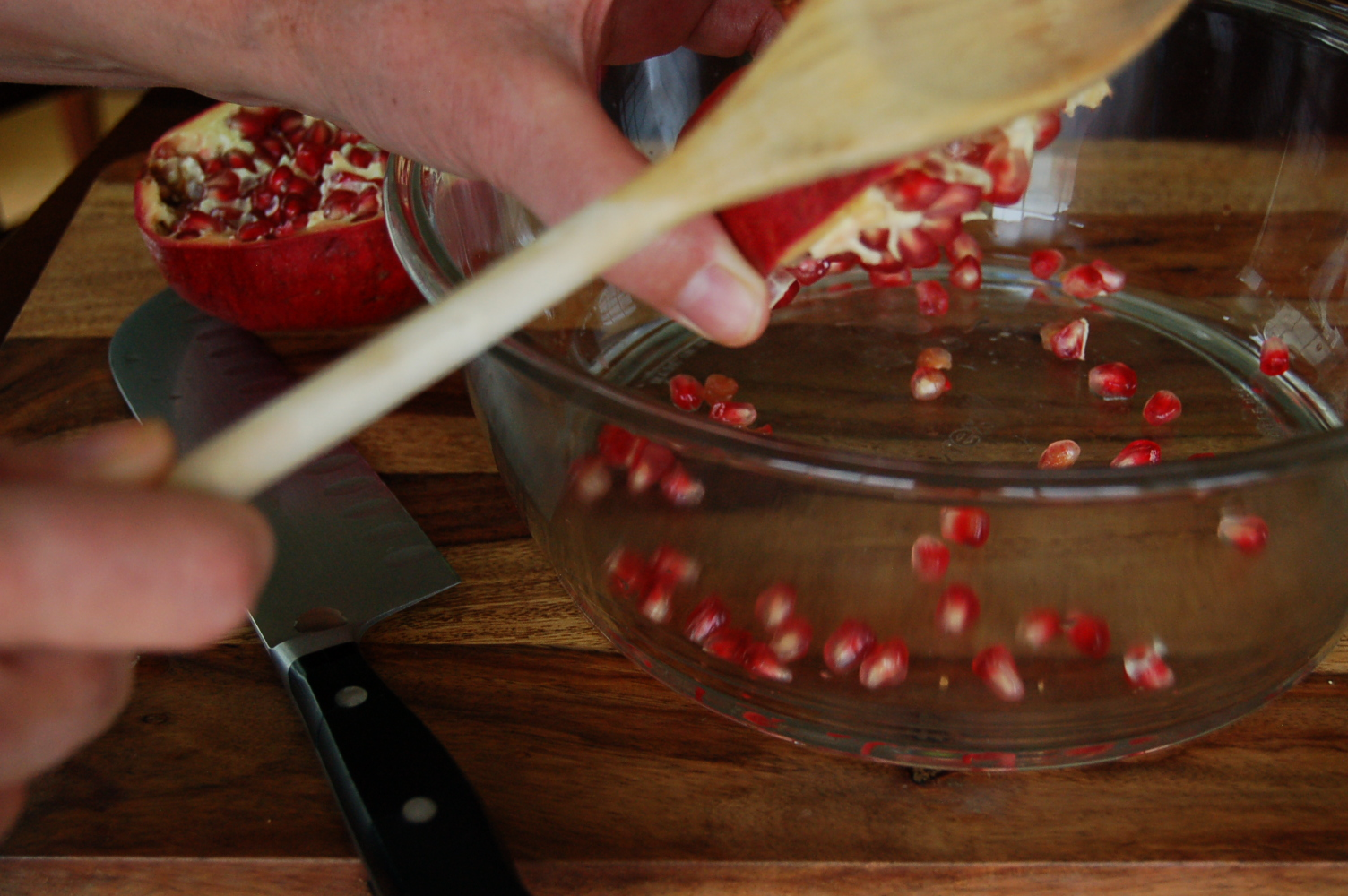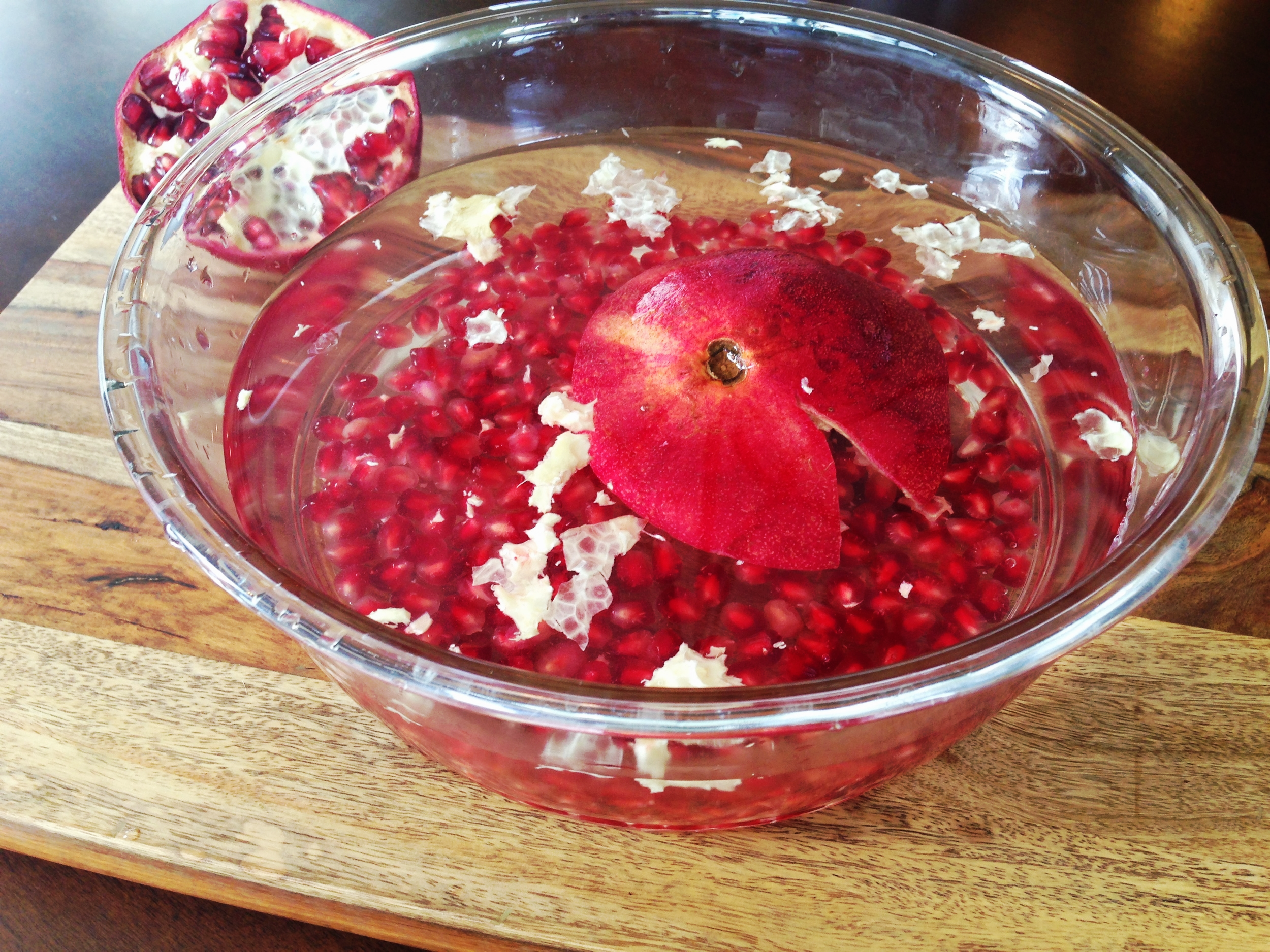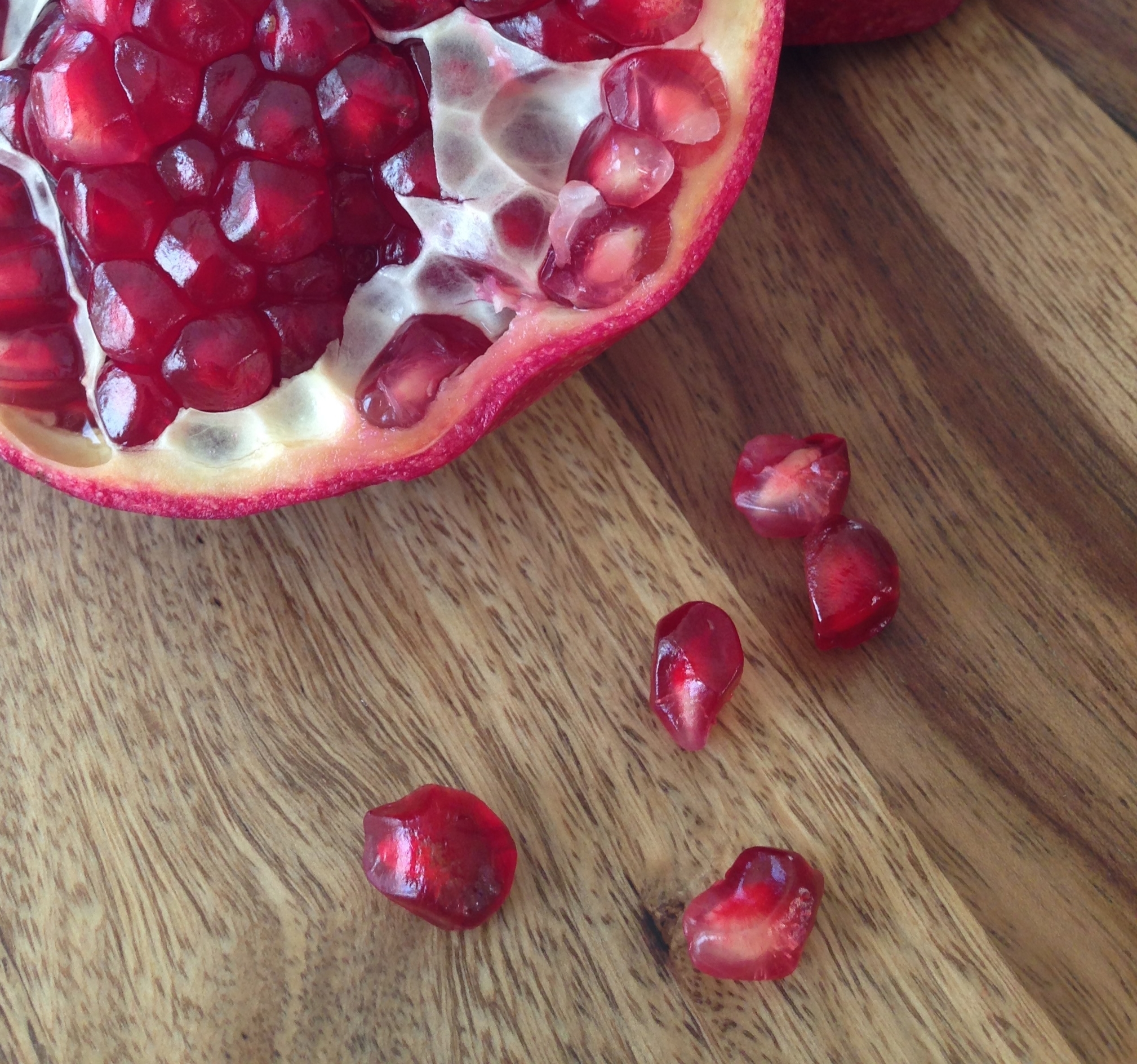Asparagus is an antioxidant powerhouse packed full of vitamins and fiber, and it is easy to cook.
Everyone has a favorite method of preparing asparagus, but regardless of the preference, asparagus needs to be washed and trimmed before cooking and seasoned before serving.
For an extra flavor burst, add a squeeze of lemon and Cherchies® Garlic Seasoning or Cherchies® Garlic 'n Herbs No-Salt Seasoning, and perhaps a sprinkle of Parmesan cheese.
For a lighter version, consider replacing the butter with a vinaigrette made with Cherchies® Champagne Mustard, white vinegar, and olive oil (or oil of choice).
Roasted- This is my preferred method and is very easy. Place washed and trimmed asparagus in a baking pan and drizzle with olive oil, lemon juice, and Cherchies® Garlic Seasoning or Cherchies® Garlic 'n Herbs Seasoning and cook for about 10-15 minutes or until asparagus is brown and tender.
Sauteed- This method allows the asparagus to retain its bright green color and involves cooking it on high heat for about 10 minutes and tossing it occasionally. Heat the asparagus with a bit of butter or oil in a pan and season to taste.
Steamed- The asparagus is placed in a steamer rack over boiling water and cooked for about 4-8 minutes or until tender. If used for salads or stir-frys, add cooked asparagus to an ice-water bath for a few minutes to stop the cooking process—season to taste.
Microwave- This method is similar to steaming. Use about 2 Tablespoons (Tbsp) of water in a microwave-safe bowl or plate and microwave asparagus for 2-3 minutes. If used for salads or stir-frys, add cooked asparagus to an ice-water bath for a few minutes to stop the cooking—season to taste.
Grilled- Grilling asparagus is a tasty way to preserve its flavor and impart the smokiness that grillers love. Toss asparagus with a small amount of oil and place it on a hot grill. To make grilling easier, skewer several asparagus stalks together and cook asparagus for about 10 minutes or until tender, turning to brown evenly. Season the asparagus to taste.
So, what's your favorite way to cook asparagus? We'd love to hear from you and share your recipes:) Comment below.
Thank you for visiting! Come back again for more family-tested recipes, entertaining ideas, and cooking tips using all our favorite Cherchies® gourmet products.
Follow us on social media: Facebook, Instagram, and Pinterest.



